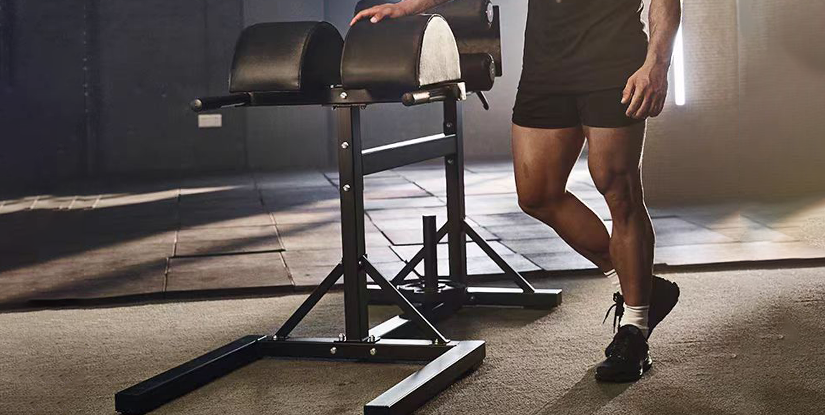Wholesale Fitness Accessories: Bulk Suppliers & Sourcing Guide

Wholesale Fitness Accessories: Strategic Guide for Bulk Buyers
Purchasing wholesale fitness accessories demands a balance of product knowledge, supplier vetting, cost control, and brand strategy. Whether you operate a gym supply business, an e-commerce store, or a private-label brand, understanding categories, quality standards, and logistics will increase margin and reduce risk.
Key Product Categories
Fitness accessories span a broad range of items. Core categories to consider:
- Resistance bands, pull-up assist bands, and mini bands
- Yoga mats, blocks, straps, and towels
- Jump ropes, speed ropes, and weighted ropes
- Weightlifting belts, gloves, straps, and wrist wraps
- Massage tools: foam rollers, massage balls, percussion attachments
- Small functional tools: sliders, ab rollers, kettlebell grips
- Recovery and wellness: compression sleeves, cold/hot packs
Market Trends and Buyer Demand
Demand is driven by home fitness growth, boutique studios, corporate wellness programs, and recovery-focused consumers. Lightweight, portable, and digital-integrated accessories (e.g., app pairing or QR-coded workout guides) command a premium. Sustainability and non-toxic materials are increasingly important for B2B and retail buyers.
Quality, Safety, and Compliance
Prioritize materials testing, non-toxic certifications (e.g., free of phthalates), and durability metrics. For items that bear weight or provide support, require tensile strength reports and wear testing. Obtain clear product specifications and sample approvals before placing large orders.
Sourcing and Supplier Selection
Effective sourcing includes supplier audits, MOQ negotiation, and clear contractual terms. Steps to minimize risk:
- Request samples and independent lab reports
- Verify factory capabilities and certifications
- Confirm lead times, MOQ, and price breaks
- Negotiate tooling, packaging, and private-label options
Pricing, Margins, and Cost Control
Calculate landed cost per unit (product cost, packaging, shipping, duties, insurance). Target gross margins based on channel—wholesale to retailers often ranges 20–40%, whereas direct-to-consumer allows higher margins but requires more marketing spend. Factor in returns, warranties, and promotional allowances when estimating profitability.
Packaging, Branding, and Differentiation
Packaging is both protective and promotional. For retail and DTC, invest in branded packaging, instructional inserts, and UPC/barcodes. Offer tiered SKUs—basic unbranded bulk for gyms and premium branded options for retail. Consider eco-friendly materials to appeal to sustainability-conscious buyers.
Logistics and Fulfillment
Plan for warehousing, pick-and-pack, and multi-channel distribution. Use consolidated shipping for large orders to lower freight costs. For international sourcing, account for customs clearance, HS codes, and potential tariffs. Establish clear Incoterms in supplier contracts.
Sales Channels and Go-to-Market
Common channels include wholesale to gyms and retailers, online marketplaces, and direct-to-consumer via your own store. Build B2B catalogs, tiered pricing, and quick reorder processes for recurring buyers. Use product bundles and starter kits to increase average order value.
After-Sales Service, Warranties, and Returns
Set clear warranty terms for wear-prone items. Provide straightforward return processes and replacement parts to maintain client trust. For recurring B2B buyers, offer volume discounts, dedicated account managers, and scheduled replenishment programs.
Sustainability and Ethics
Source recycled or low-impact materials where possible, ensure humane labor practices, and decrease single-use plastics in packaging. Sustainable practices can justify price premiums and improve retailer acceptance.
Buying Checklist
- Define target customer and ideal product mix
- Order and test samples for quality and durability
- Verify certifications and compliance documentation
- Calculate landed cost and margin scenarios
- Negotiate MOQ, lead times, and private-label terms
- Plan packaging, barcodes, and marketing assets
- Set up logistics, storage, and fulfillment partners
FAQs
What is the typical MOQ for fitness accessories?
MOQs vary by supplier and product; expect 500–5,000 units for standard accessories, lower for simple items and higher for custom-branded runs.
How do I test product quality before bulk ordering?
Request samples, conduct wear and tensile tests, and obtain third-party lab reports for material safety.
Can I private-label inexpensive items?
Yes. Many suppliers offer private-label options with minimums; plan for additional costs like artwork and tooling.
What certifications should I ask for?
Ask for material safety, REACH, RoHS where applicable, and any regional compliance documentation required by your market.
How do I reduce freight costs?
Consolidate shipments, use sea freight for large orders, optimize palletization, and negotiate rates with carriers.
Are sustainable materials more expensive?
Often yes, initially. But they can drive higher retail prices and long-term brand value.
What are common defects to watch for?
Inconsistent dimensions, weak seams, poor finish, odor from materials, and variability between batches.
How important is packaging for wholesale buyers?
Very important for retail-facing products; less so for bulk gym purchases. Branded packaging increases perceived value.
How do I handle returns and warranties?
Define terms in advance, offer clear replacement policies, and maintain an efficient service process to preserve customer relationships.

